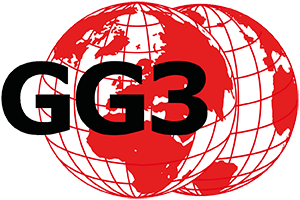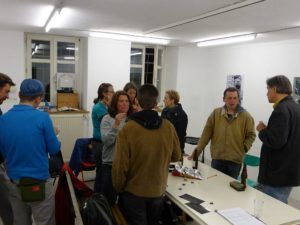
Jochen Czepa, Generation +1.5 Degree Celcius, 2024, acrylic on canvas, 100 x 70 cm
Exhibition 10.10. – 21.11.2025, Tue. and Fri. 5 – 8 pm
We are showing after an international tender 24 works by 22 artists, who address the theme and conserve resources in transport and materialsObjects, paintings, installations, graphics, videos, photos and performances from Germany, Switzerland, Mongolia, Australia, USA, Mexico and France:
Tom Albrecht, Joachim Czepa, Ute Diez, Stephan Gross, Karin Heinrich, Kaki, Helge + Saxana , Jens Isensee, ANUnaran Jargalsaikhan, Maria Korporal, Stephan Kurr, Vera Leisibach, John Maibohm, Thomas Möller (TM), Keri Rosebraugh, María Huerta, rosa schmidt with katharina resch, artist duo verstoffwechselt, Julien Stiegler, Andrea Streit, Lioba von den Driesch, Petra Weifenbach,
The climate crisis is the greatest challenge of our time. How do we manage to reach people, touch them and motivate them to act? By telling stories that touch people, give them hope and present concrete ways in which everyone can make a contribution. Climate communication is a key to shaping change.
We offer guided tours for school classes and adult groups through the exhibitions. Please arrange appointments with our member Dr. René Knorr: +493022457258 or send an email to: 
Jury Team GG3: Tom Albrecht, Stephan Groß, Maria Korporal, Vera Leisibach, John Maibohm
Curator: Tom Albrecht
Co-curator: Stephan Groß
Address: Leuschnerdamm 19, D 10999 Berlin
Program
Vernissage, Fri., 10.10.2025, 7 pm
Welcome by Tom Albrecht, introduction to the exhibition by Stephan Groß
Continue reading




